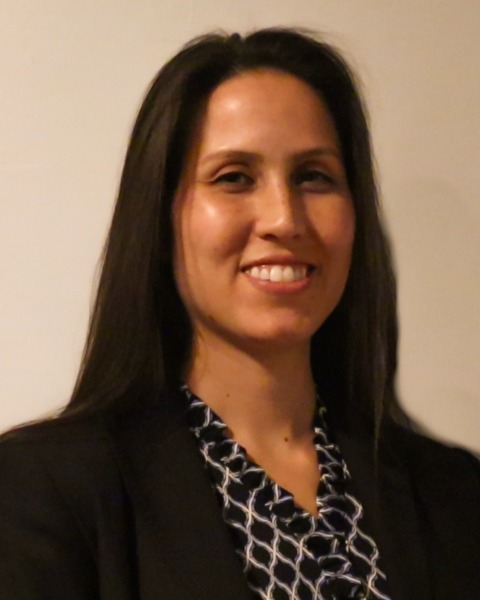Young Neurosurgeon Research Forum
Young Neurosurgeon Research Forum
(YNRF) Asleep Deep Brain Stimulation for Essential Tremor: A Single Surgeon Case Series
Friday, April 21, 2023
1:06pm - 1:13pm PST
Location: Los Angeles Convention Center, 406AB

Tessa Harland, MD
PGY-4 Neurosurgical Resident
Albany Medical College
Albany, New York, United States
Presenting Author(s)
Disclosure(s):
Tessa Harland, MD: No financial relationships to disclose
Introduction: Deep Brain Stimulation (DBS) was approved for Essential Tremor (ET) by the Food and Drug Administration in 1997. Since that time, technological advancements have changed the landscape of functional neurosurgery. Interventional MRI-guided DBS lead placement is an emerging technique that can be used to treat ET patients, though the data is limited due to the perceived difficulty of direct targeting the ventral intermediate nucleus (VIM) vs the subthalamic nucleus or globus pallidus internus. The purpose of this study was to review a single surgeon experience of interventional MRI-guided DBS lead placement using the ClearPoint platform for ET in the community setting.
Methods: 124 consecutive cases for DBS lead placement in the VIM of the thalamus using the ClearPoint technique between 2016 and 2021 were studied. Demographic data, radial error, number of passes, and case time were prospectively collected. Medical records were retrospectively reviewed for comorbidities, complications, pre and post-operative ET medication dosage, DBS programming parameters, pre and post-operative Fahn Tolosa Marin rating scales, and pre and post-operative QUEST scoring.
Results: 124 cases were performed in 111 patients with a total of 194 DBS leads. The VIM was able to be directly visualized in 95% of cases, and structural connectivity, specifically the dentorubrothalamic tract, was visualized in 25% of cases. Follow-up of greater than 6 months was available for over 50% of patients. FTM tremor scales demonstrated a 69% improvement in handwriting. QUEST tremor scales demonstrated a 66% improvement in work/finances, an 75% improvement in hobbies/leisure, a 77% improvement in physical experience of tremor, and a 73% improvement in psychosocial factors.
Conclusion : Interventional MRI-guided DBS lead placement is a feasible and effective technique for ET patients that may expand the reach of DBS therapy to patients with advanced age, comorbidities, and/or anxiety regarding traditional, awake surgery.
Methods: 124 consecutive cases for DBS lead placement in the VIM of the thalamus using the ClearPoint technique between 2016 and 2021 were studied. Demographic data, radial error, number of passes, and case time were prospectively collected. Medical records were retrospectively reviewed for comorbidities, complications, pre and post-operative ET medication dosage, DBS programming parameters, pre and post-operative Fahn Tolosa Marin rating scales, and pre and post-operative QUEST scoring.
Results: 124 cases were performed in 111 patients with a total of 194 DBS leads. The VIM was able to be directly visualized in 95% of cases, and structural connectivity, specifically the dentorubrothalamic tract, was visualized in 25% of cases. Follow-up of greater than 6 months was available for over 50% of patients. FTM tremor scales demonstrated a 69% improvement in handwriting. QUEST tremor scales demonstrated a 66% improvement in work/finances, an 75% improvement in hobbies/leisure, a 77% improvement in physical experience of tremor, and a 73% improvement in psychosocial factors.
Conclusion : Interventional MRI-guided DBS lead placement is a feasible and effective technique for ET patients that may expand the reach of DBS therapy to patients with advanced age, comorbidities, and/or anxiety regarding traditional, awake surgery.
